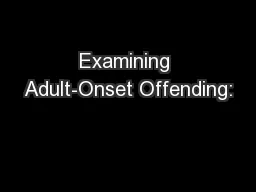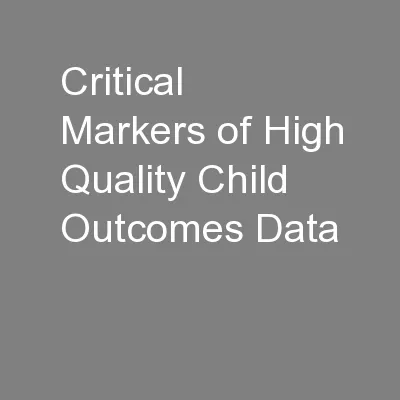PPT-Early adult outcomes for
Author : celsa-spraggs | Published Date : 2016-03-29
a Cleveland Metropolitan School District CMSD 9t h grade cohort How do youth with foster care and delinquency spells differ from their peers Claudia J Coulton
Presentation Embed Code
Download Presentation
Download Presentation The PPT/PDF document "Early adult outcomes for" is the property of its rightful owner. Permission is granted to download and print the materials on this website for personal, non-commercial use only, and to display it on your personal computer provided you do not modify the materials and that you retain all copyright notices contained in the materials. By downloading content from our website, you accept the terms of this agreement.
Early adult outcomes for: Transcript
Download Rules Of Document
"Early adult outcomes for"The content belongs to its owner. You may download and print it for personal use, without modification, and keep all copyright notices. By downloading, you agree to these terms.
Related Documents














